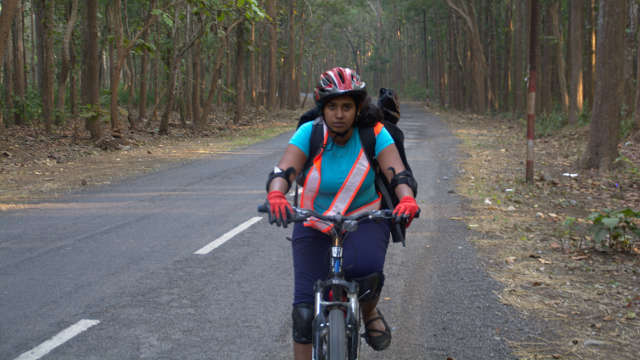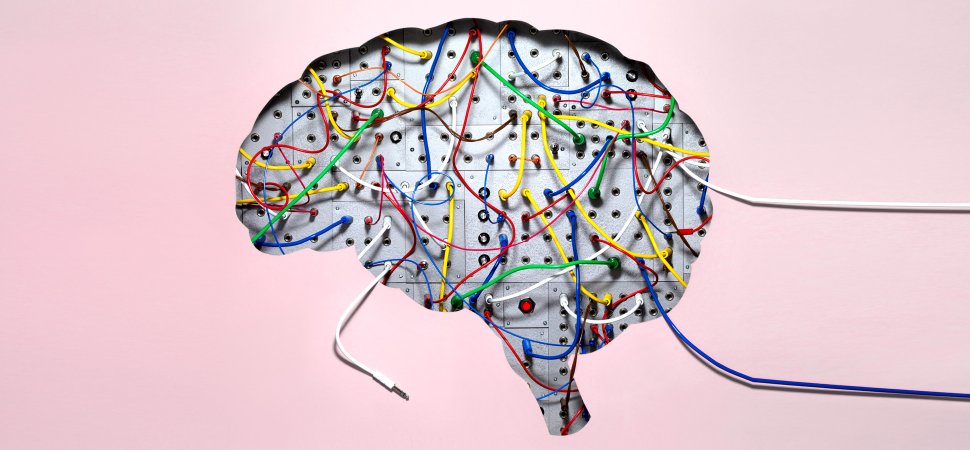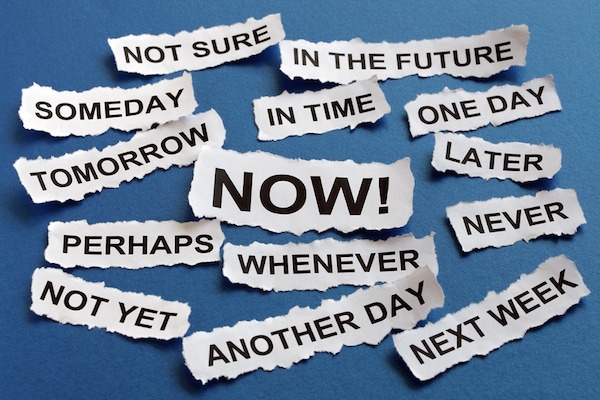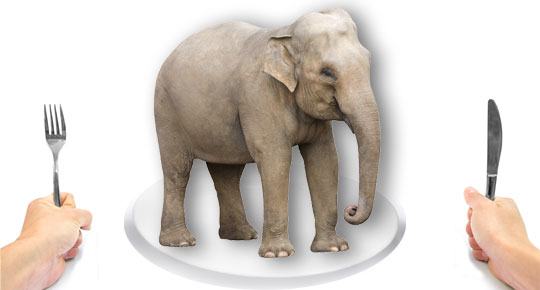I love bicycling and have been doing it since learning it during my summer vacation between fourth standard and fifth standard. After marriage, I have been encouraging Priya (my wife) to use her bicycle frequently as well. But what she achieved over the last two weekends has left me immensely proud of her. With me, Priya rode 235km in the rainy conditions of monsoon, one of them being a 160km (or 100 mile) long ride from Pune to Thane. All this, considering that this is Priya’s first year of serious long distance bicycling, whereas it is already my 6th.
What is Priya’s secret to such supreme fitness and determination? Ideally this should have been Priya’s post to write as her own story, but this time we decided to take a different angle, by making me the observer who studied Priya’s success. Continue reading How Priya mastered long distance bicycling










